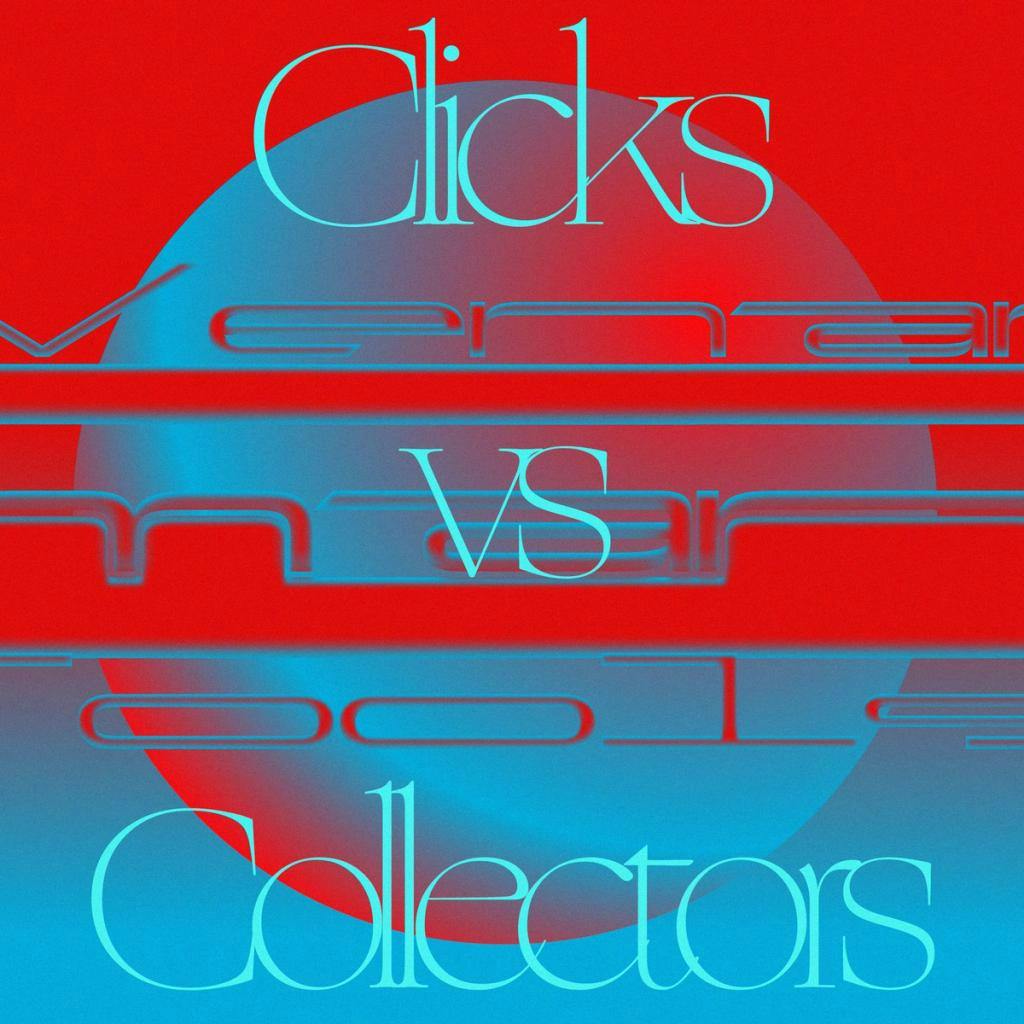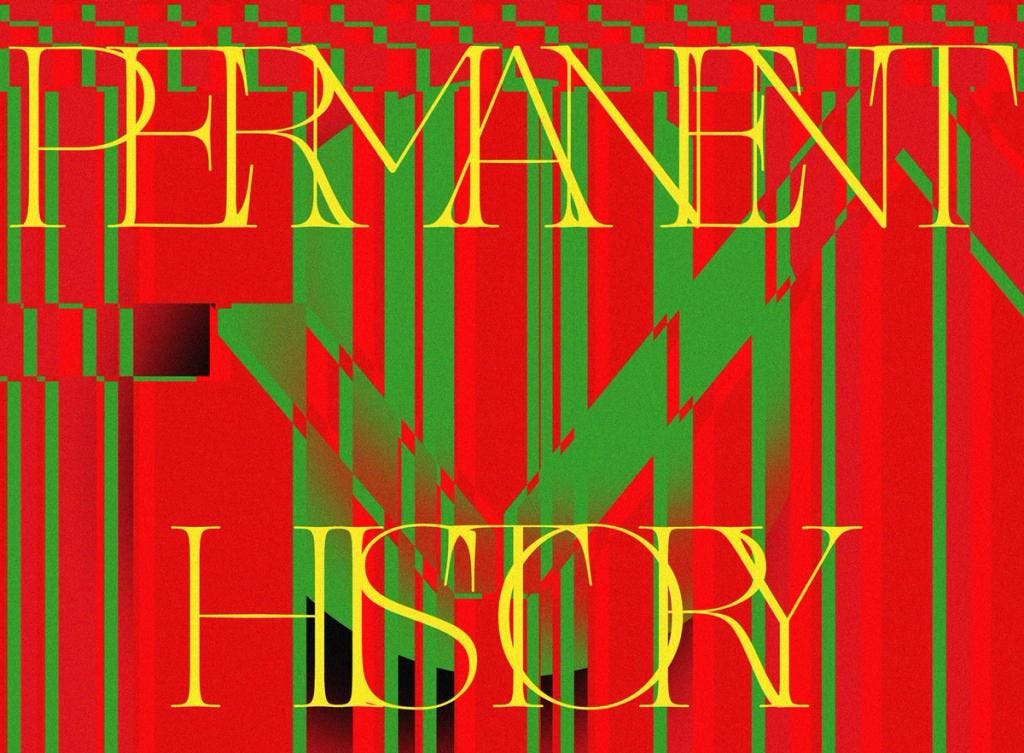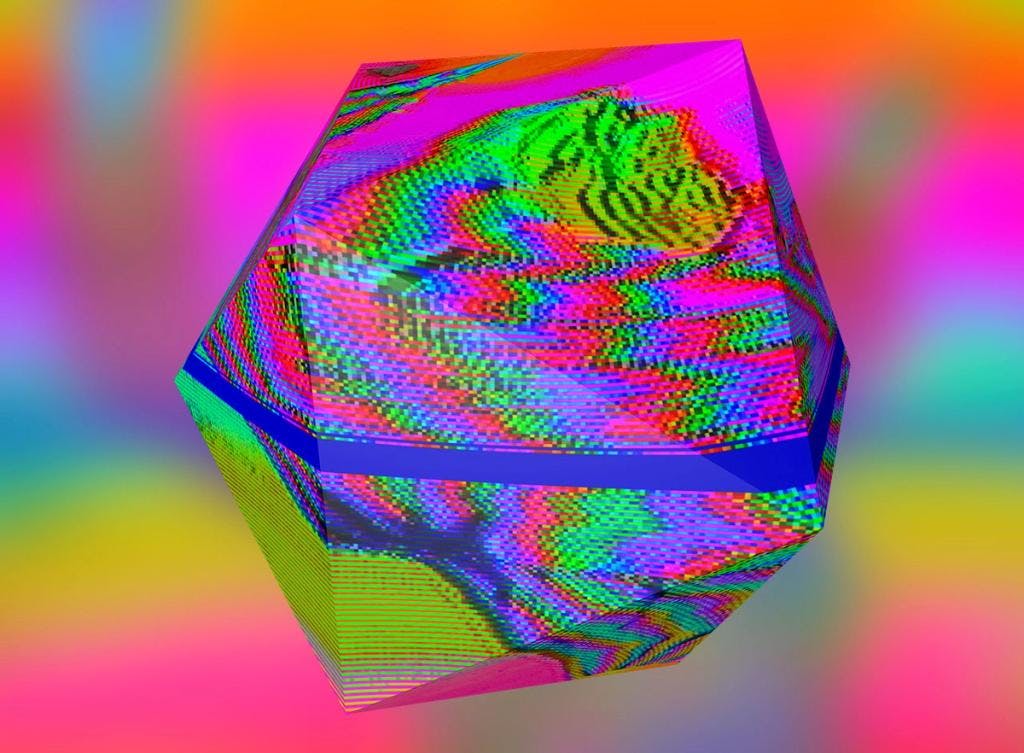

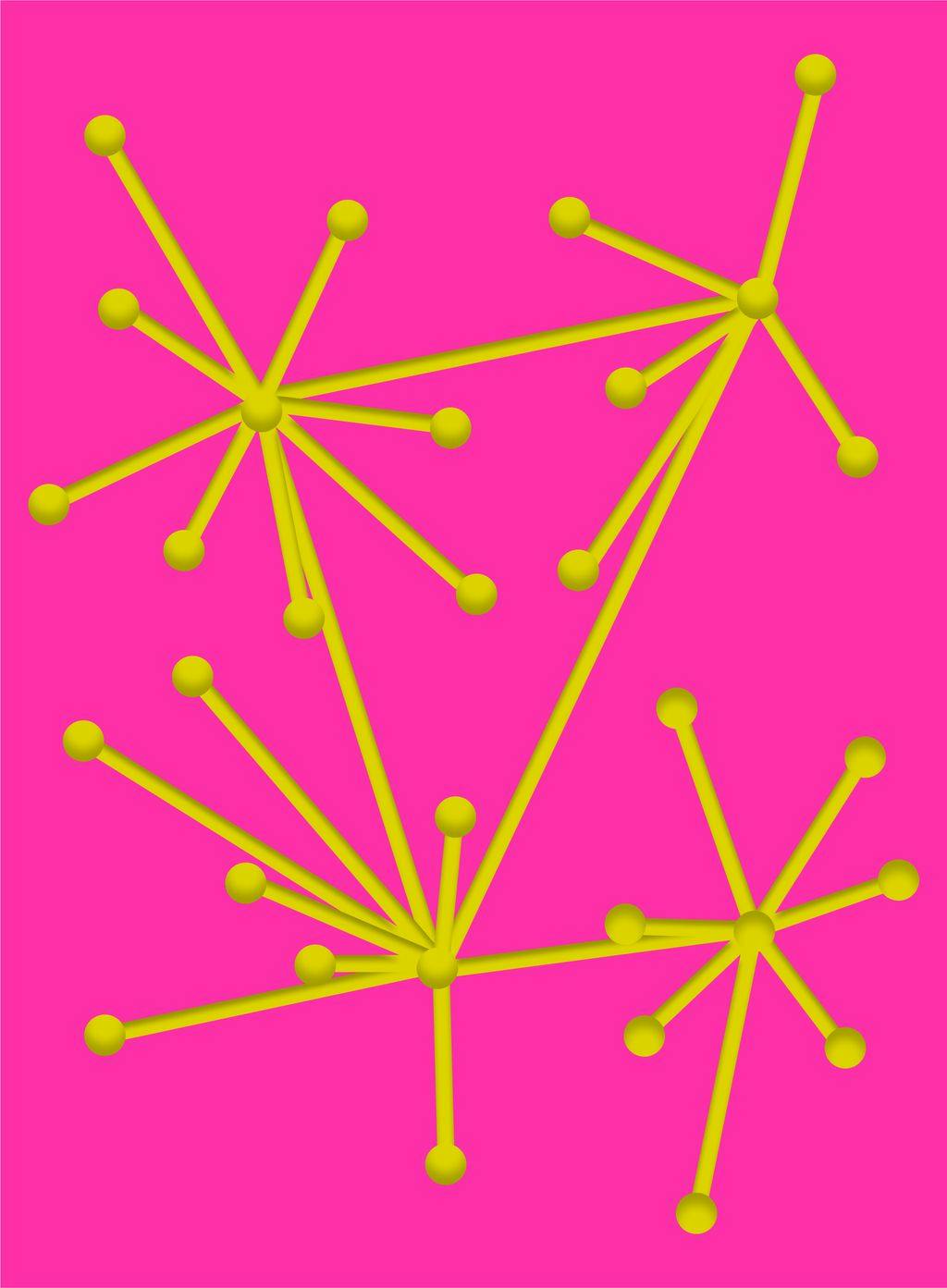

ProofofHistory:AgainstDecentralization
Proof of History: Against Decentralization
Not all that glitters is gold
Prelude: Against "Decentralization"
There has been a misunderstanding. It is a subtle but pervasive one, causing confusion about the nature of networks, democracy, and markets. And it is leading me to believe that the cherished “decentralization,” as a goal and a guarantor of benign aims like freedom and equality, has to be put aside.
Why? Because the concept has a habit of producing mental models of the world whereby entities are isolated into same-shaped, self-contained forms of mutual mistrust. And this is by design, my friends—a design that has its origin in Cold War conditions and the paranoias that have percolated into liberal fallacies and persisted ever since. The idea that a single powerful person could make a decision with potentially catastrophic effects (don’t press the button) galvanized ideas around infrastructure and nonhuman intelligence that would be resilient to attacks and interference, deeply influencing computational as well as economic ideas of decentralization, knowledge, and control. The diagrammatical fix of decentralization, meanwhile, has brought about new problems that I would like to sketch out in this text.
For too long, decentralization has been used as a shortcut to salvation from the problems of power. It is time to acknowledge the limitations the concept puts on the societal imagination. To understand these, let’s delve into the intertwined histories of technical, political, and economic forms of decentralization and try to disentangle their mutual influences and diverging effects. Don’t worry: decentralization still has plenty of potential when reasserted as a tactic and process rather than a quick-fix ideology.
Introduction: The Beginnings of a Trustless World
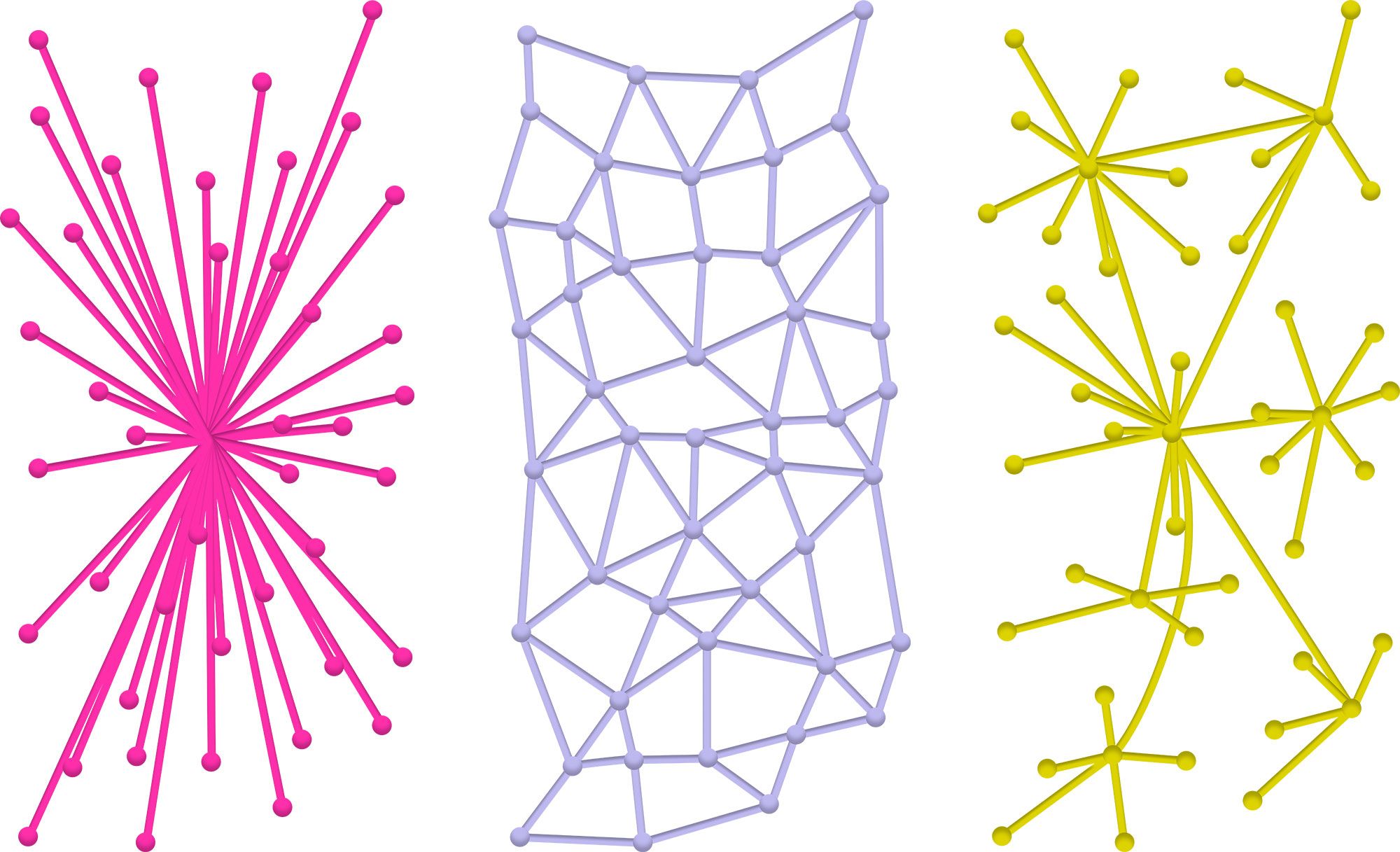
We begin with an image. It will be eminently familiar to people in computer science, some people in political science, and pretty much the entire blockchain industry: Paul Baran’s diagram on distributed communications from 1964. Nodes, little dots of equal size and color, are scattered across the page, connected by lines into three diagrams showing the difference between (A) centralized, (B) decentralized, and (C) distributed networks. The image was published in a research memorandum on distributed communications that, along with other work on message blocks and packet switching, led to Arpanet, a distributed computer network widely known as an early prototype of the internet. Ever since, it has been repeatedly reproduced to explain the different properties of these network topologies.
Baran was an engineer working at the RAND Corporation, a US government-funded think tank heavily involved in national security research during the Cold War. He famously proposed the idea of distributed network architecture as a means to ensure the “survivability” of communications in the face of enemy attacks. The reasoning was that a centralized system was vulnerable because the enemy could take out the whole network simply by targeting the central node. In contrast, he argued in the memorandum, a decentralized or distributed network meant that “highly efficient routing” could “be performed by local control without the necessity for any central—and therefore vulnerable—control point.”
Over the decades, the concept of distributed networks evolved beyond its original function as a tool for dealing with vulnerabilities to become a tactic for resisting centralized control more broadly, filtering into technological subcultures and social and political movements alike – from peer-to-peer networks, the Cypherpunks, and digital piracy in the 1980s and 1990s, to the anti-globalization movement of the 2000s, to the Arab Spring and other popular uprisings across the world in the 2010s. The ideas that defined them—censorship resistance, leaderless movements with no central point of control—are now core principles and mantras of contemporary crypto consciousness. But somewhere along the way, decentralization took on a far less tactical, more deterministic flavor, becoming a blocker on deeper thinking.
Throughout the 1940s, 1950s, and 1960s, the discipline of economics drew inspiration from the field of computer science, including the rise of the concept of information as something distinct from knowledge and the thinking person. Here, too, decentralization was conceived as a counter to centralized control, but less as a tactic of circumvention than as the basis of a new, aggregate form of nonhuman intelligence. The market was conceived as a giant, distributed information processor, one that used prices as coordination signals and acted as the sole authority on society’s needs, resources, and tasks. The problem was that “the market” often failed at providing for people’s needs. It also had “externalities” that were unaccounted for and that have proven time and time again to be profoundly devastating, culminating in the current climate catastrophe.
Fast forward to today, and the religious core of the contemporary crypto world is concocting novel mashups of decentralized markets and mathematical transcendentalisms in yet another attempt to cast decentralization as a fix for humanity. New, glimmering, meta-hyper-mega-structures, described in whitepapers and code, purport to solve planetary problems of trust, truth, and coordination in an otherwise trustless world.
It cannot be overstated how influential Baran’s diagram has been in manifesting the mental model of decentralization. It communicates an entire analysis of power in one glance, which also makes it the perfect illustration of the concept’s most serious shortcomings. For this reason, the diagram will now serve as our map as we navigate the Dos and Don’ts of decentralization to better understand where things go wrong and what can be salvaged, starting from the node…
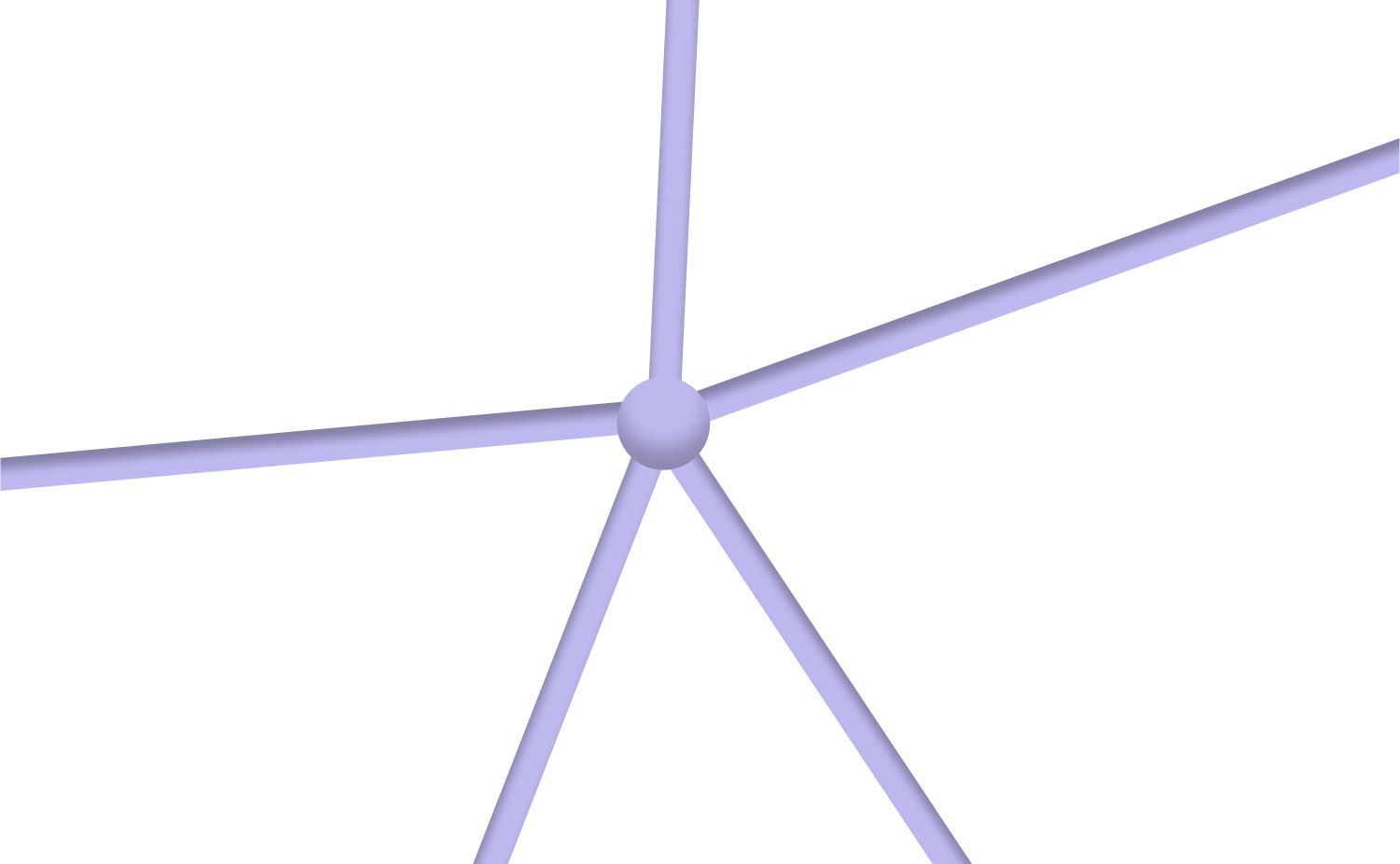
The NodeDon’t confuse sameness with equality. Baran’s diagram shows nodes that are all exactly the same shape, size, and color. They must be identical in the decentralized network, because they have to be redundant. If some nodes are attacked, or turn out to be malicious or malfunctioning, the rest of the nodes have to continue functioning. In a pattern that echoes across technical, political, and economic ideas of decentralization, this collection of identical, self-contained, and self-sufficient ideal-type agents conjures concepts of equality (they are equally sized and equally distanced) and freedom (they are able to operate independently). The node. The competent citizen. The rational economic individual. Decentralized systems come with an ideal actor, with freedom and equality squashed into a particular flavor of sameness.
The nodes in B and C are also the same as the central node in A, implying that the central authority’s function in A is merely distributed across a broader territory in B and C. In moving from a centralized network to a distributed one, there is no change to what is done, just who is doing it. How quick was decentralized finance to reproduce fractional reserve banking? How often does police-like behavior resurface in anarchist collectives?
Luckily, difference usually disturbs the clean diagram. People are not the same, and neither are nodes in actual decentralized networks: Bitcoin very quickly saw the differentiation of “peers” in the network into full nodes, miners, light clients, and lightning layers. Differentiation is why systems and organisms survive. And contrary to what the diagram looks like, to be equal is not to be the same; it is to be recognized for the value in one’s difference.
The Links

Do multiply the mediums of connection. In a resilient decentralized or distributed network, mutual mistrust between nodes must be assumed. The network design has to take into account that nodes could turn malicious or malfunction. This, however, creates new problems of connection, coordination, and trust, such as the “Byzantine Generals Problem” and the “Sybil Attack.” How can a distributed set of nodes coordinate effectively toward the same aim? And how can one be certain that a node is what or who it claims to be? A chasm is opened up between mistrusting nodes, spurring a vast field of protocol development and economic coordination games attempting to connect, link, and chain back together some sort of collective from isolated entities, now scattered across trustless territories.
Meanwhile, the links connecting nodes with a network are not neutral, but made of a medium, and the medium matters: it determines the qualities of the connections it fosters and who can make the most of them. There is a difference between computers, markets, and democracy, between cash, code, cards, and kind words. Shifting the medium of coordination from the parliament, to the market, to the computer is also a shift in who has power. This also means that to multiply the mediums of connection is to multiply the distribution of power and potential.
The Network

Don’t assume that broader reach is good. Being connected can grant people broader access to unprecedented information and opportunities. But conversely, it can offer unprecedented opportunities to exploit and extract from those who are connected. Networks, by their very nature, have expansionist ambitions. Markets, as well as computational and social networks, carry a compulsion to expand their remit and rule, because the power of networks is derived from network effects and economies of scale. What matters to the network is to connect more people and things; it doesn’t necessarily matter for what purpose.
The internet of the 80s and 90s was characterized by an enthusiasm for democratizing who could produce, store, and circulate information. Independent servers, hacktivists, and “Indymedia” networks formed counterpowers to the violent imposition of market ideologies by world trade and financial institutions. By the end of the 90s, decentralization—in its neoliberal economic form as well as its grassroots democratic forms—was happening on a wider scale than ever before, with the globalization of neoliberal markets clashing with the globalization of knowledge and information sharing for the purpose of translocal tactical resistance.
But independent knowledge sharing was soon subsumed by centralized social media platforms. Today, friends, followers, and peers continue to connect. Interactions can at times feel decentralized, but there is an eerie sense that the power of sharing knowledge has dissipated, moved elsewhere. The meaning and content of connecting have been hollowed out, replaced by a commercially driven need for continued connection; addictive, divisive algorithms that ensure an incessant stream of clicks, scrolls, and data; and billionaires encouraging more “citizen reporting” on their privately owned platforms. It turns out that broader reach can put more places, pockets, and minds within extractive reach.
The Hidden Layers
Do look at the effects elsewhere in the stack. A decentralized network can lead to new forms of centralized exploitation and control in other parts of the stack and vice versa. Baran’s diagram depicts the three networks as flat, horizontal clusters of nodes. As a mental model, this simple illustration hides what happens below and above these networks, before and after.
It is helpful to expand this mental model to include other “layers” in a stack—infrastructural, social, political, economic, material, and so on. The history of decentralization across these layers is complex, intertwined, and often contradictory. Technical decentralization is a technique for resilience. Political decentralization aims at democratization. Market decentralization came from an ambition of making democracy obsolete. The results, historically, are muddled: technical decentralization does not automatically engender decentralized social and political effects. In fact, the opposite may prove to be true, leading to new technical dependencies, economic exploitation, targeting, social manipulation, and the erosion of democracy. With every attempt at decentralization, new forms of centralized power have consolidated.
The story of the internet is a story that is fueled by a persistent dream of decentralization, inevitably followed by strengthened centralization. It is a cycle that pulsates across new added layers, from decentralization at the network and packet layer in the 1970s to the centralization of servers, data, and computational power in Web2 cloud computing. Responding to the Web2 consolidation of control, the dream is now repeating in Web3, through the addition of new layers: distributed ledgers to decentralize data, ownership, and governance. But with “do your own research” as its motto, the latest decentralization fix is looking a lot more like distributing new technical and economic risks than power to the people.
Off the Page
Don’t confuse the model for reality. In the rush to instantiate decentralization in its various idealized forms, the real-world effects of these efforts often get excluded from the balance sheet. These externalities, though unaccounted for, nevertheless take their revenge. We see them in violent backlashes against invasions meant to “democratize” and “liberate”; in environmental deaths and devastation caused by markets meant to spur growth and prosperity; in the mental health toll of protocols meant to connect, inform, and inspire.
Decentralization is not usually associated with the word “brutality.” Nevertheless, the diagram of the decentralized network can set in motion cascading consequences that see us spiraling deeper into cycles of paranoid individualism and systems of hyper control.
In libertarian and free market ideologies, individuals are thought of as self-contained and isolated, but this version of liberation is a trap. When “freedom” becomes synonymous with the idea of the isolated, self-interested, and potentially malicious individual (node), it triggers the need to code connections between actors (links) that will ensure some continued aggregate coordination between them (the network). This, in turn, brings about an ever more dense and tightening mesh of protocological, algorithmic, and financial controls that the now hyperindividual struggles against.
On a small scale, these cascading consequences are evidenced in the overly procedural meetings of anarchist assemblies, in crypto hackathons where you find people designing elaborate “coordination” games while claiming the cause of a new dawn of human liberation. Contemporary ideas of “self-sovereignty” have the effect of turning everyone into their own bank, army, and state, in a trustless war against all. Decentralization has been degraded to mean distributing the despot of centralized systems in smaller chunks across a territory and calling it freedom and equality.
There are still tactical, technical, and politically useful functions that decentralization can serve, as a process and a tool. But as a shortcut to salvation from the problems of power, the concept has revealed its limit. New ideals are needed, with the visuals to go along with them.












